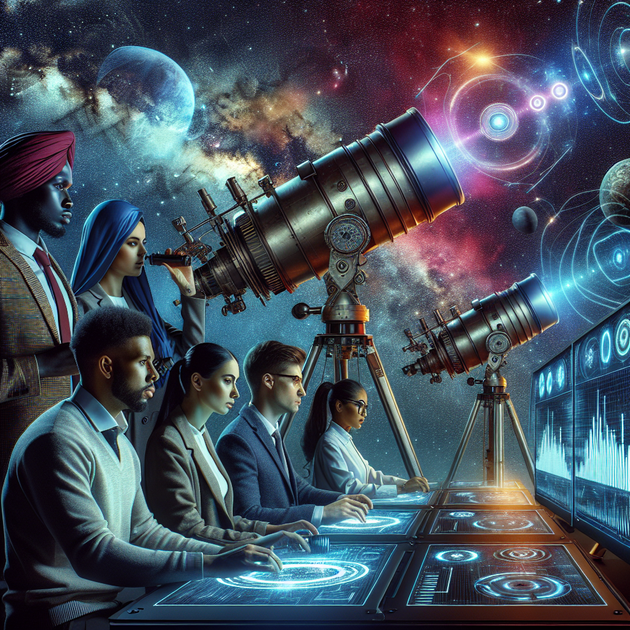Have you ever wondered if we’re looking for aliens in all the wrong ways? Or what if advanced civilizations have been trying to get our attention—but we simply don’t know where or how to look? That’s the puzzle astronomers are tackling as they explore how to improve our search for alien technosignatures.
## What Are Alien Technosignatures Anyway?
Let’s break it down. “Technosignature” is just a fancy word for evidence of technology from another civilization. Think of it as finding a cosmic “hello”—radio waves, laser pulses, or even pollution in distant atmospheres that couldn’t exist without intelligent life. For decades, projects like SETI (Search for Extraterrestrial Intelligence) have scoured the skies mostly listening for radio signals, hoping to pick up a transmission that says we’re not alone.
But here’s the twist—what if aliens don’t use radio waves at all? Or what if their signals look nothing like what we expect? That’s why improving our search for alien technosignatures is so important.
## Why Our Methods Need an Upgrade
Most of our searches so far have focused on narrow possibilities. Imagine fishing with just one kind of bait in a sea full of mysterious creatures; you might miss everything else swimming by. Astronomers now realize that relying only on traditional methods means we could be missing all sorts of clues.
Here’s what’s holding us back:
– **Limited frequency searches:** We tend to focus on certain radio frequencies, ignoring other parts of the spectrum.
– **Assumptions about technology:** We might expect aliens to communicate like we do, but their tech could be wildly different.
– **Short observation times:** Sometimes telescopes only watch a spot in space briefly—if an alien signal blips when we’re not looking, we miss it.
– **Data overload:** We collect huge amounts of data but can’t sift through it all efficiently.
## New Strategies in the Hunt
So what can astronomers do differently? There are some fresh ideas making waves in the community:
– **Broaden the spectrum:** Instead of just radio waves, scientists want to scan more wavelengths—like infrared or even X-rays.
– **Look for indirect signs:** Maybe aliens aren’t sending signals at all. We could spot things like unnatural chemicals in exoplanet atmospheres or megastructures blocking starlight (think Dyson spheres).
– **Leverage artificial intelligence:** AI is helping sift through mountains of data faster and can spot odd patterns humans might miss.
– **Global cooperation:** Pooling resources and sharing data across countries means more eyes (and ears) on the universe.
### Quick List: What Counts as a Technosignature?
– Radio transmissions
– Laser pulses
– Industrial pollution
– Megastructures orbiting stars
– Unusual patterns in light from distant planets
## An Astronomer’s “Aha!” Moment
Here’s an anecdote that drives it home: A group at a radio observatory once detected a repeating signal that seemed promising—until someone realized it matched exactly with a microwave oven being used in the staff kitchen! It was a funny reminder that searching for alien technosignatures isn’t always glamorous…and that false alarms are part of the process.
These moments teach us something important—unexpected results (even kitchen mishaps) force us to think outside the box and question our assumptions about where real signals might come from.
## What Happens If We Find Something?
So let’s imagine this—one day, thanks to smarter searches and new technology, scientists spot something truly weird and inexplicable. Maybe it’s an odd chemical signature on an exoplanet or a repeating light pattern unlike anything natural. What then?
The discovery would spark huge debates and even bigger questions. Is it really proof of life—or just another cosmic coincidence? How would humanity react if we finally had evidence that someone—or something—is out there?
—
As astronomers keep working on ways to improve our search for alien technosignatures, one thing’s clear: The universe holds more mysteries than answers right now. Do you think we’re close to finding proof we’re not alone—or is intelligent life out there just too different from us to recognize?

Leave a Reply